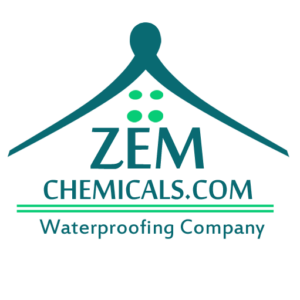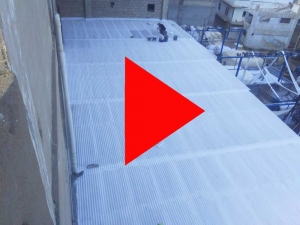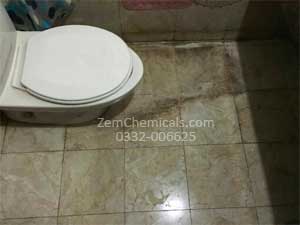How Heat Reflective Roof Cool Coating Works
In the sweltering heat of summer, especially in regions like Karachi where temperatures can soar above 45°C, managing indoor temperatures becomes a pressing concern. One of the most efficient and cost-effective methods for temperature regulation is the application of heat reflective coatings to make your roof cool. These advanced coatings not only reduce surface temperatures but also contribute significantly to overall energy efficiency. But how exactly do heat reflective coatings work?

Understanding the Science
Heat reflective coatings, also known as roof cool coating or solar reflective coatings, are specially formulated paints or membranes that reflect a substantial portion of the sun’s infrared and ultraviolet radiation. Traditional materials tend to absorb solar energy, converting it into heat, which in turn raises the temperature of the building’s roof and interior spaces. Heat reflective coatings counter this effect by reflecting sunlight away.
The Role of Solar Reflectance and Thermal Emittance
The performance of a heat reflective coating is measured by two primary parameters:
- Solar Reflectance (SR): This indicates how much sunlight (especially the UV and visible spectrum) is reflected by the coating. High reflectance means less heat absorption.
- Thermal Emittance (TE): This refers to the coating’s ability to release absorbed heat. Higher thermal emittance ensures that any heat retained is quickly released back into the atmosphere.
A good heat reflective coating will have high values for both SR and TE.
Materials Used
Roof Heat Proof Coating are made using high-quality polymerized chemicals and reflective pigments like titanium dioxide and specialized ceramic microspheres. These materials are chosen for their durability, reflectivity, and resistance to environmental wear and tear.
Application Process
Application is usually straightforward and involves surface preparation, priming (if needed), and the coating process itself using rollers, brushes, or spray equipment. Proper surface cleaning is crucial to ensure strong adhesion and optimal performance.
Where Can It Be Used?
Cool Roof Coatings are versatile and can be applied to various surfaces including:
- Concrete roofs
- Metal roofs
- Asbestos sheets
- Water tanks
- Exterior walls
Longevity and Maintenance
With proper application and minimal maintenance, these coatings can last for 5 to 10 years or more. Regular inspection and reapplication when necessary can further extend their lifespan.
Conclusion
Understanding how heat reflective coatings work is key to making informed decisions for building maintenance and energy savings. By reflecting solar radiation and efficiently releasing heat, these coatings serve as an intelligent investment for both residential and commercial properties in Karachi and similar hot climates.
📞 Get a Free Roof Inspection Today
Call 0332-0066625, 021-34988825 and let our experts evaluate your roof with modern techniques — no mess, no guesswork.











